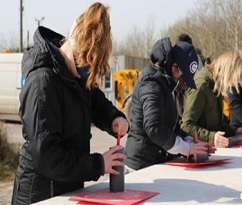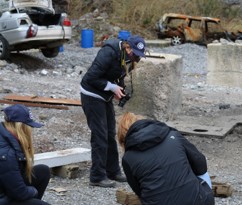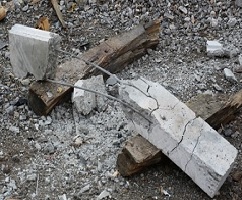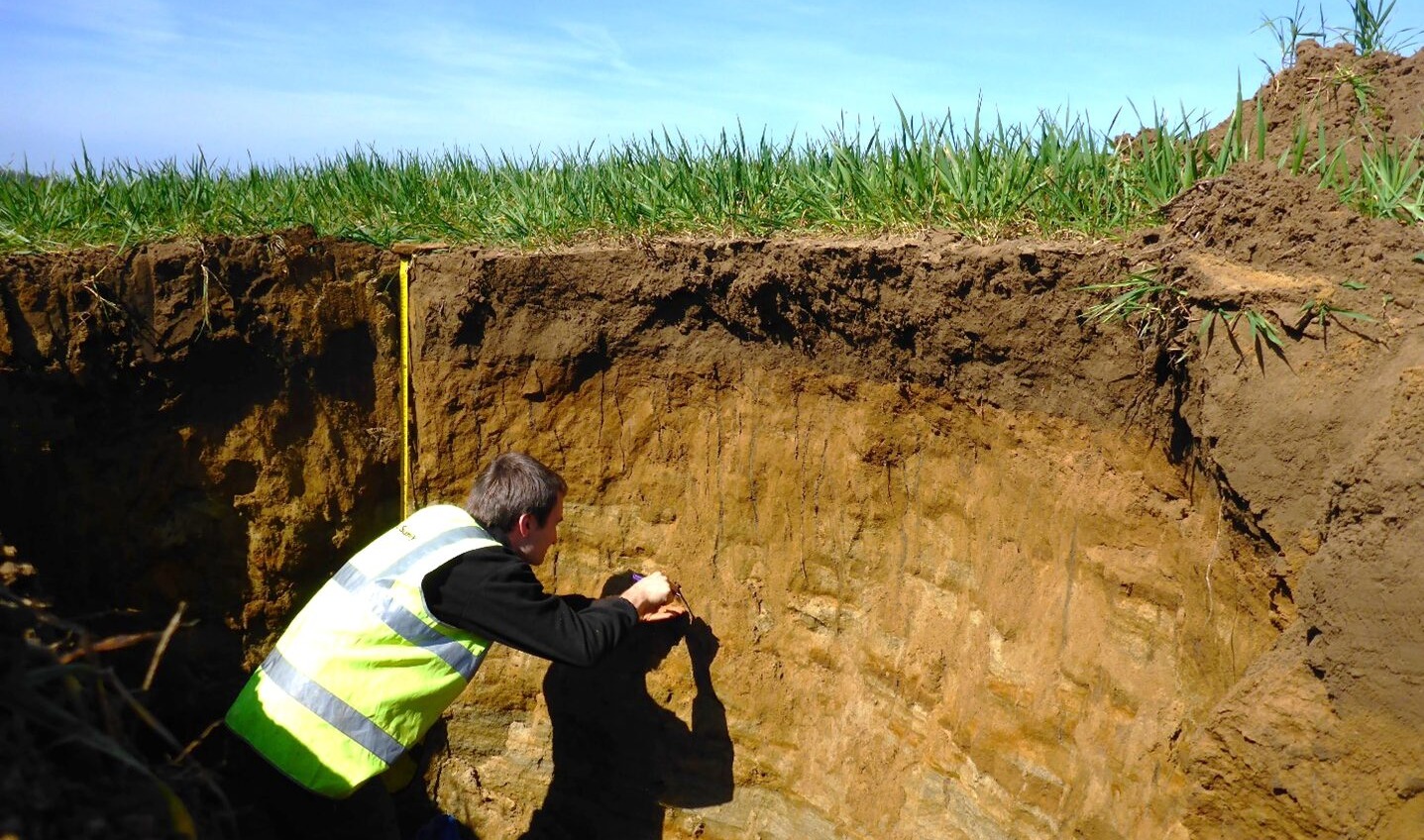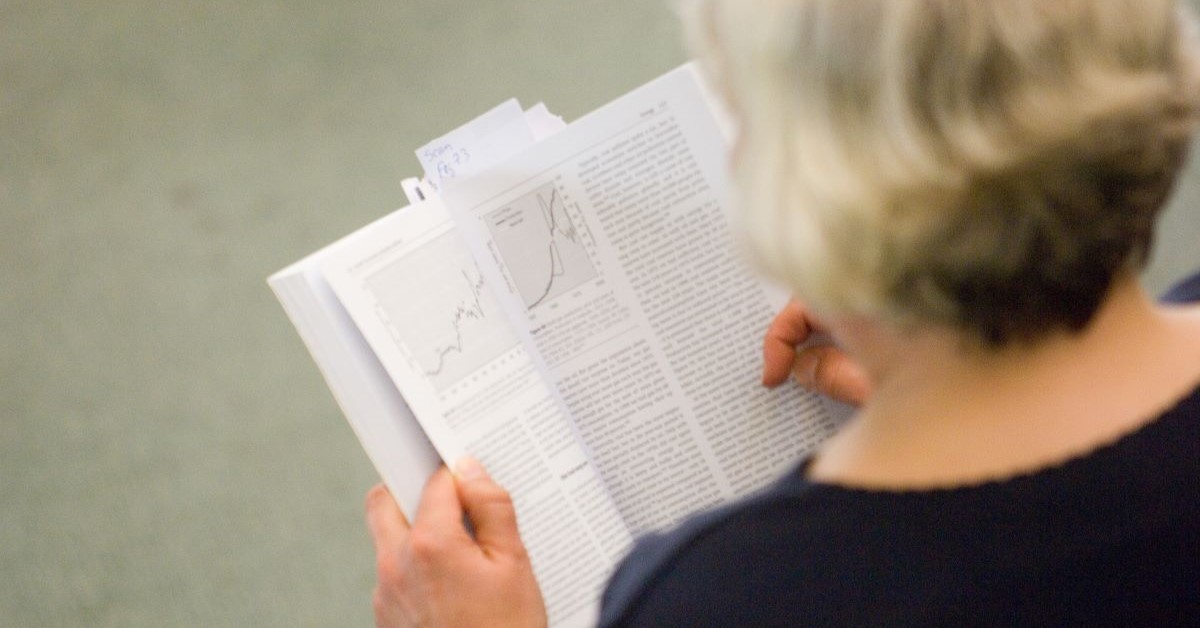Explosive Effects On Structures (EES) module – a day with Alford Technologies
04/05/2021
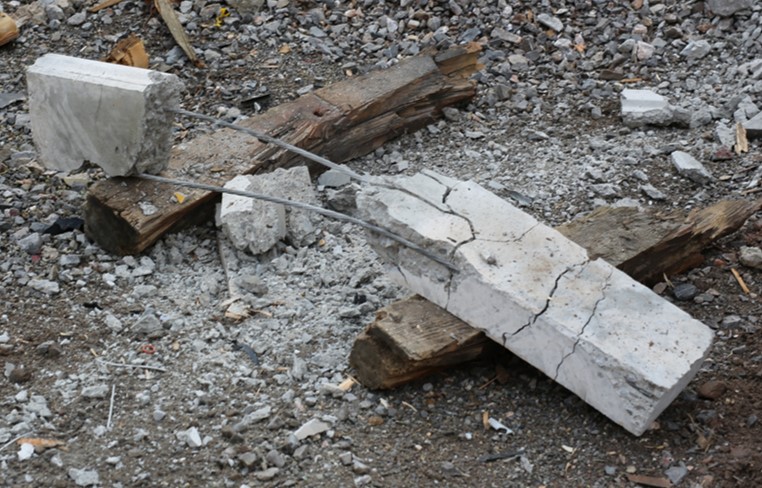
On the 9th of March 2021 a group of us from the Explosive Effects on Structures module embarked on a trip to Alford Technologies in Wells. Alford Technologies specialises in developing explosive tools to support Explosive Ordnance Disposal, Breaching/Explosive Method of Entry and Explosive Engineering communities – so a great place to partake in our first face to face practical of the year. So far that week we had learnt about how blast effects different structures and materials, and it was now time to see some of that theory in action.
When we had arrived and received the safety briefings, including the inevitable COVID precautions, it was time to get hands on with the explosives to fill different shaped charges. Throughout this session we also got to learn about the different types of shape charges and what they might be used for in both commercial and military environments. It was definitely great to finally be able to get the chance to see everything we had learnt about in a practical environment.
Once we had finished preparing the charges, we headed down into the quarry to see them in action. We had a number of charges and an array of materials to use them on, including wooden posts, concrete blocks, steel bars and steel slabs, each of which we would use around 250g of explosive on. There were also big screens available in the bunker, so we were all able to watch the explosions happen in real time. Afterwards we then moved back outside to see the results. It was interesting to see how the placement, or the shape of the charge, effected the damage that was caused to the material, and then how this could lead to specific tasks being undertaken. For example, Alfords had engineered a special device which was designed specifically to cleanly cut a steel bar by focusing the energy of blast on to a specific point around outside of the metal. We had also got the opportunity to see effects such as spalling first-hand on the concrete slab. Finally, there was the opportunity to have a look at all the products Alfords had designed and learn about their function.
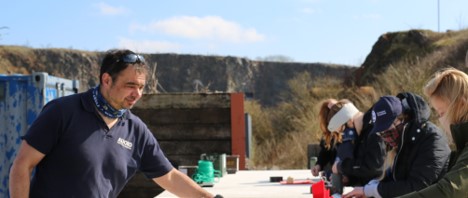
We also had the added bonus of having two of our lecturers, Mike and Rachael, with us on the trip. They both brought a wealth of knowledge and helped us with understanding the effects the blast waves were having on the materials. They also kept us thinking on our feet by getting us to predict the effect the charge would have on the material in question.
Overall, this trip was an amazing experience, and definitely nothing any of us had had the chance to do before. Not only was it great to experience our first practical session but seeing all my course mates and lecturers face to face for the first time was great. As a first foray into the explosive’s world, this was definitely a great way to do it and it certainly helped us visualise and understand a lot of what we had learnt in the classroom.
Categories & Tags:
Leave a comment on this post:
You might also like…
Earth’s silent hero: Why soil is finally stepping into the spotlight
As a Soil Scientist, the start of December is always an exciting time of year, specifically World Soil Day (5 December). This year, it’s doubly special, because we are also celebrating the 75th Anniversary ...
How do I reference social media… in the NLM style?
Although it’s not considered to be scholarly material, you may find information on social media useful for a piece of academic work. It may be that a particular post on X or Facebook illustrates or ...
Want to improve your reading skills?
Are you starting to read through the mountains of journals, books or articles for your project or on your course reading list? Let’s start with a few myths about the reading process: You need to ...
Introducing… Bloomberg Spreadsheet Analysis (BSA)
Want to take your Bloomberg data skills in Microsoft Excel to the next level? The new Bloomberg Spreadsheet Analysis (BSA) certification is designed to help you do just that. Created by Bloomberg, BSA is an ...
Bridging Science and Supply: My Journey at the GCSG European Knowledge Forum 2025
Earlier this year, I had the honour of being selected as one of the 2025 Global Clinical Supplies Group (GCSG) European Scholarship Winners, an opportunity that took me to Budapest, Hungary, for the GCSG ...
Engineering a Greener Tomorrow: The Future of Sustainable Manufacturing
Across the world, engineers are facing one of the greatest challenges of our time: how to manufacture more while consuming less. As industries race toward net-zero targets, sustainability has become the driving force behind ...

